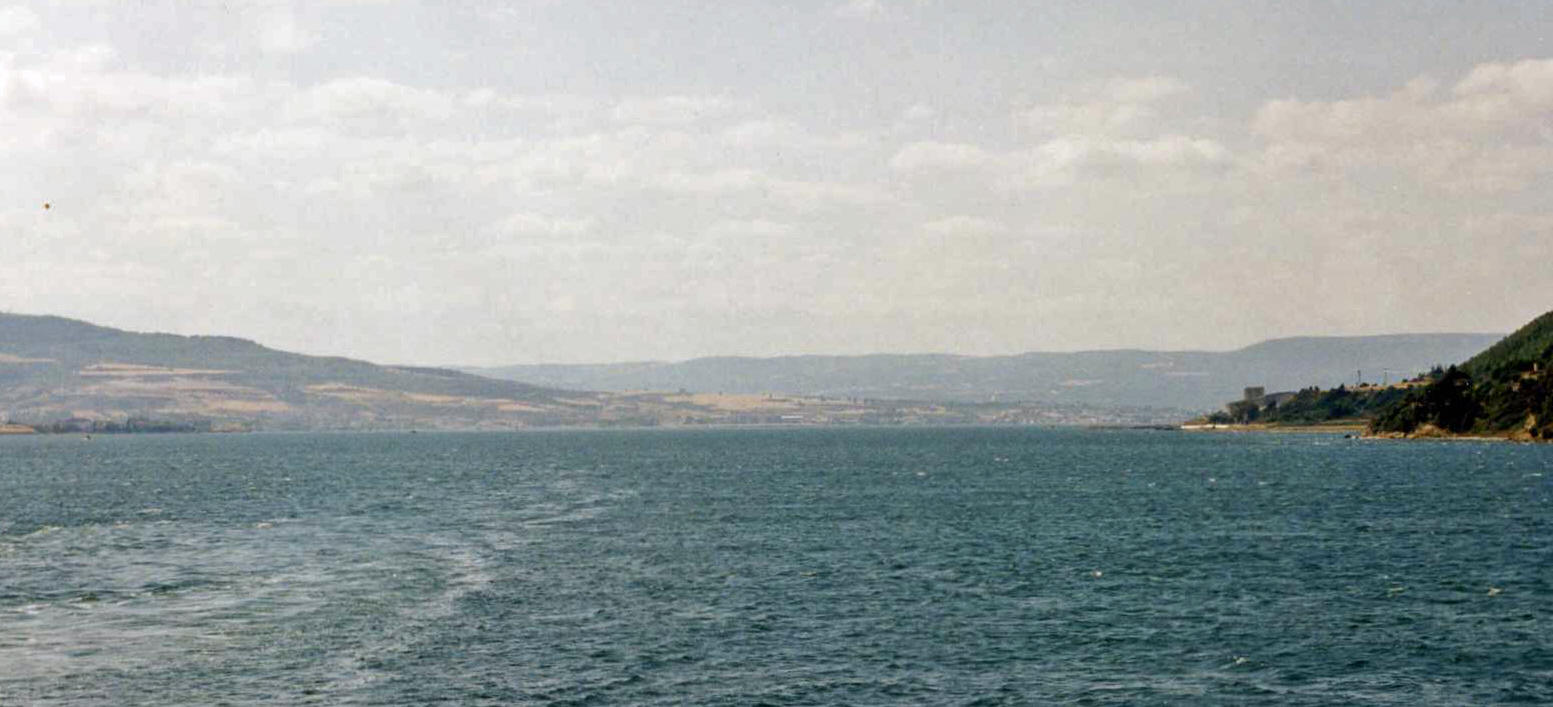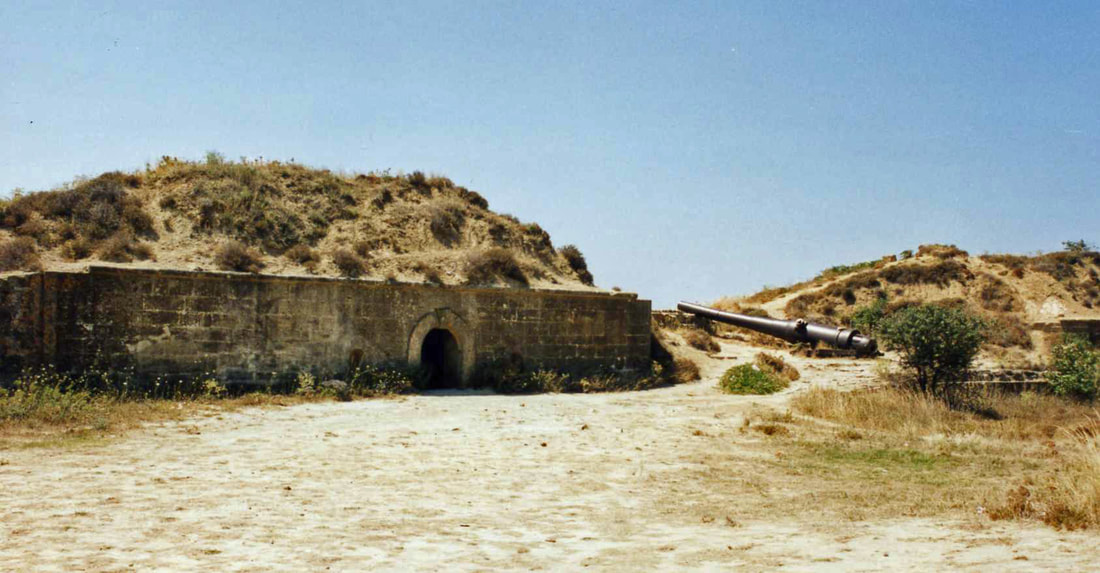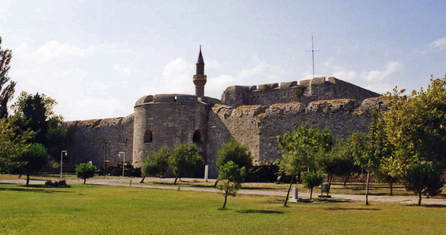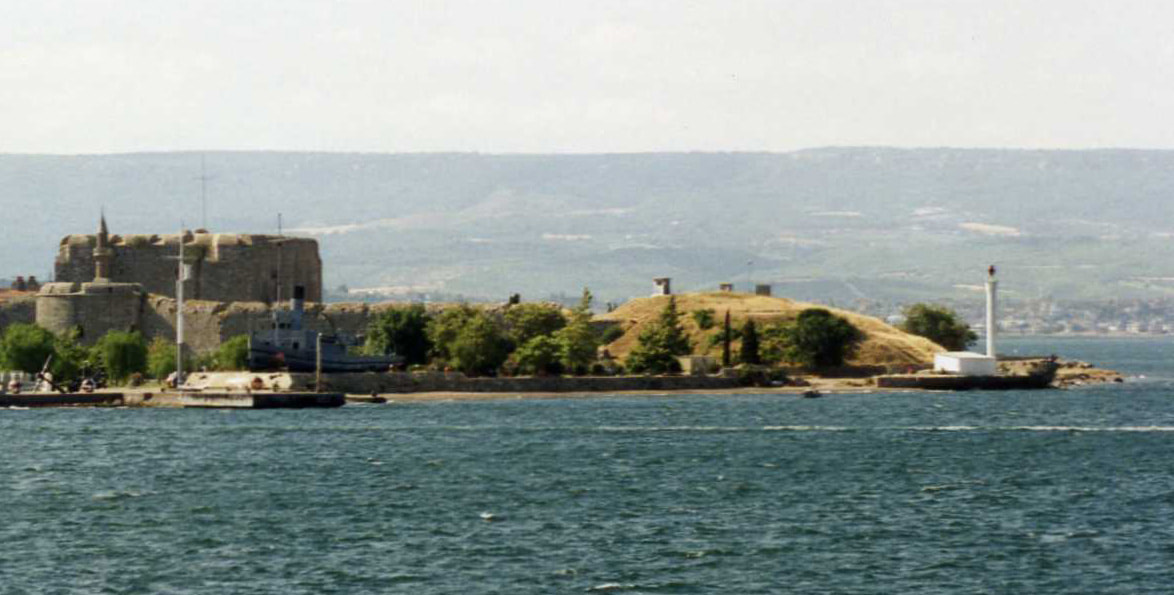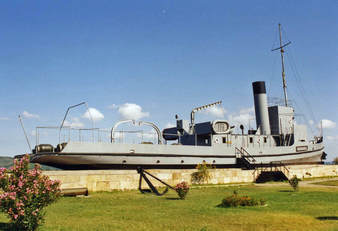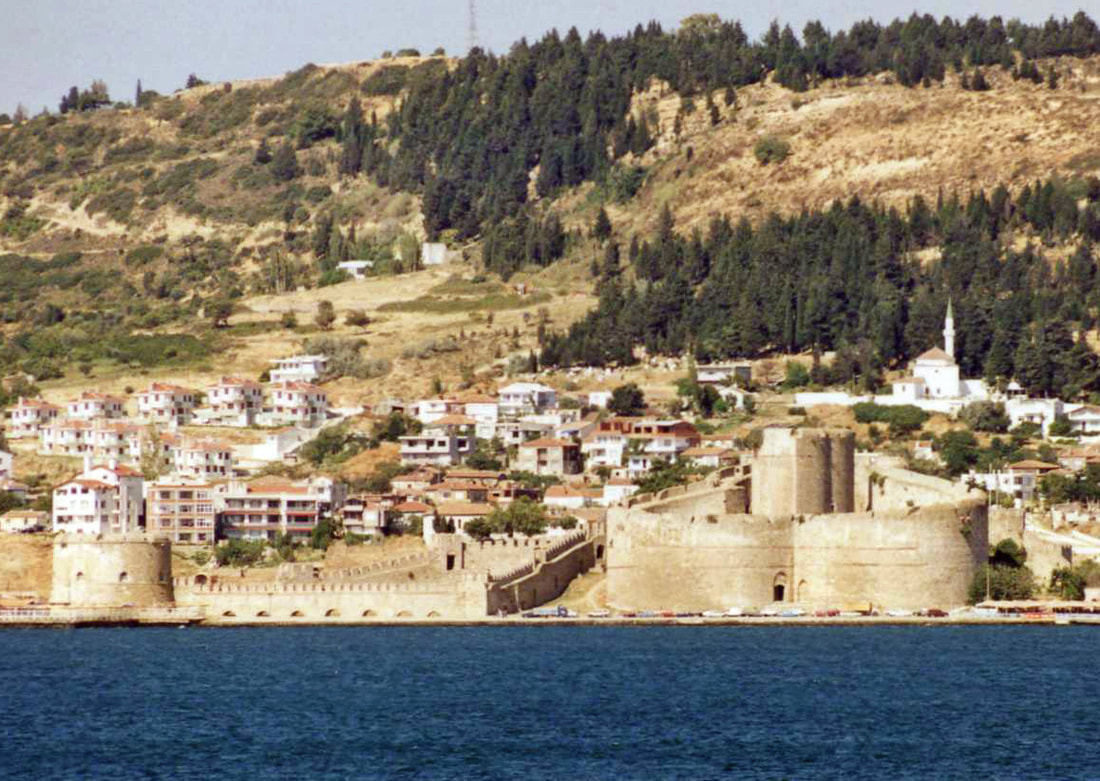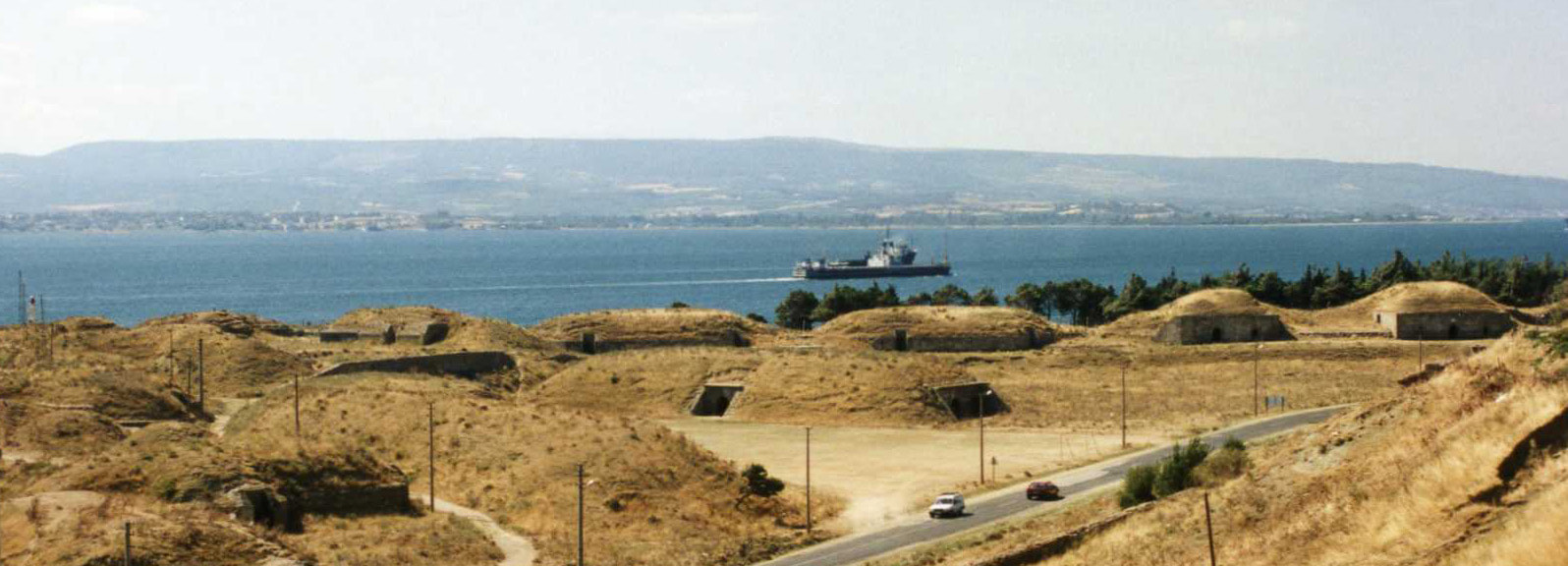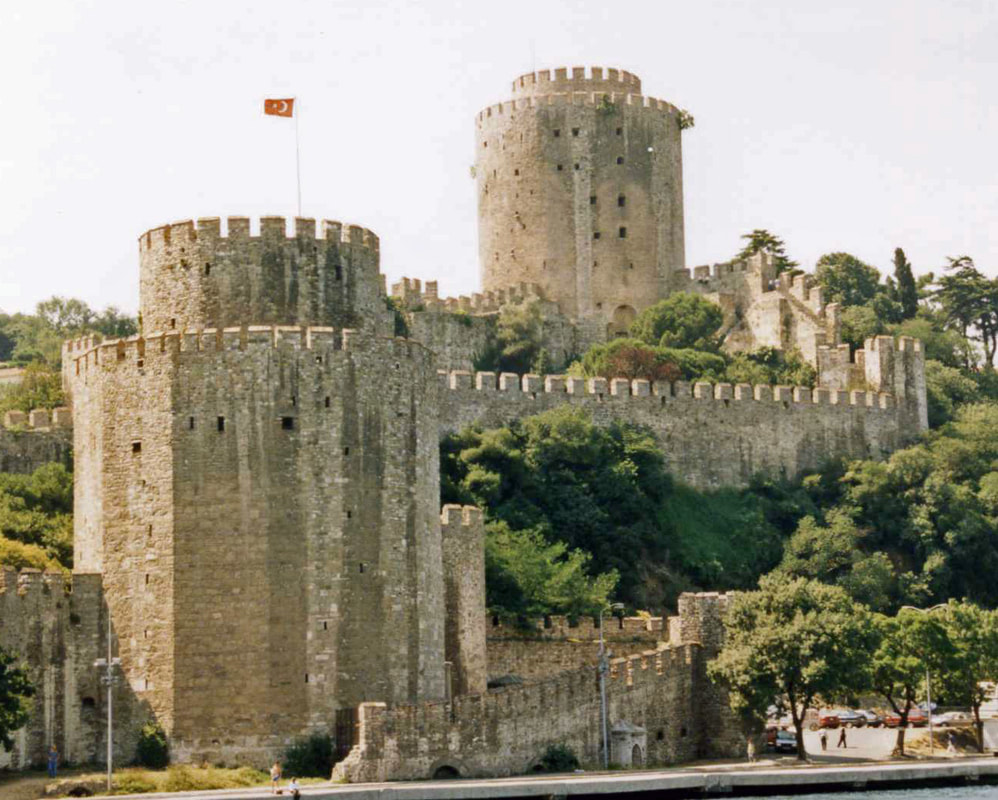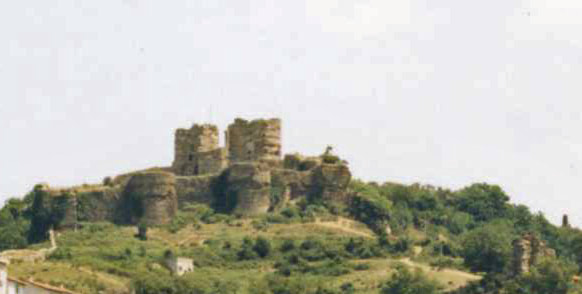- Home
- About
-
Travel
-
Features
- Dyrrachion1081
- Normans in the Balkans
- Manolada 1316
- Kosovo 1389
- Castles on the Danube
- Late Medieval Bosnian Army
- Doboj 1415
- Wallachian and Moldovan troops of the Napoleonic wars
- Anchialos 917
- Slovenian Borderlands
- The Zadruga and the Military Border
- Cretan War in the Adriatic
- Salonika 1916
- Uskoks of Senj
- Siege of Klis 1537
- Eugene in the Balkans
- Moldavian Surprise 1711
- Austro-Turkish War 1737-9
- Militargrenze
- Invading Ottoman Turkey
- Siege of Ragusa 1814
- Russo-Turkish War 1806-12
- Serbian Uprising 1815
- Ali Pasha
- Ottoman Army 1826
- Aleksinac 1876
- Shipka Pass
- Slivnitsa 1885
- Romanian Army 1878
- Austrian forts 19thC
- Kumanovo 1912
- Catalca Lines
- Adrianople 1912-13
- Kajmakcalan 1916
- The other 1918 campaign
- Macedonia air war WW1
- War of the Stray Dog
- Royal Yugoslavian armed forces
- Blunder in the Mountains
- Romanian SS
- Gebirgsjager in the Balkans
- Knights Move 1944
- Vis during WW2
- HLI in the Adriatic
- Adriatic Cruel Seas
- Dalmatian Bridgehead
- Cyprus 1974
- Transnistrian War
- Ottoman Navy Napoleonic wars
- Medieval Balkans
- Balkan lockdown quiz >
- Reviews
-
Armies
- Ancient Greeks
- Pyrrhic army of Epirus
- Dacian wars
- Goths
- Late Roman
- Comnenan Byzantine Army
- Normans
- Serbian medieval
- Albanian medieval
- Wallachian medieval
- Bosnian Medieval
- Catalan Company
- Polish 17C
- Austrian Imperialist
- Ottoman
- Austrian 18thC
- Russian Early 18thC
- Ottoman Napoleonic
- Greek Revolution
- 1848 Hungarian Revolution
- Russian Crimean war
- Romanian Army of 1877
- Ottoman 1877
- Russian 1877
- Balkan Wars 1912-13
- Macedonia WW1
- Greece WW2
- Italian Army WW2
- Gebirgsjager WW2
- Hungary WW2
- Turkey WW2
- Soviet Union WW2
- Bulgaria WW2
- Turkish Korean War Brigade
- Balkan Wars 1990s
- Links
- Books
The Dardanelles
Situated within modern day Turkey the Dardanelles is part of a stretch of water that separates Europe from Asia. Known to the ancients as the Hellespont its southern entrance is between Cape Helles and Kum Kale is two miles wide. It widens to about five miles in Erenkui Bay before narrowing to a mile and a half at Kephez point before reaching The Narrows where the two land masses are only three-quarters of a mile apart.
The Dardanelles lead into the Sea of Marmora and up to Istanbul which is itself protected from the Black Sea by another narrow channel, The Bosphorus.
The Dardanelles has been of strategic importance since at least since the Persian King Xerxes crossed The Narrows on his invasion of Greece. In 1915 Winston Churchill gained Cabinet approval for a campaign to force the Dardanelles, threaten Istanbul and knock Turkey out of the war. This led to the infamous Gallipoli campaign.
This tour starts with the entrance to the Dardanelles. There are boat tours from Istanbul, which cover the whole journey.
The Dardanelles lead into the Sea of Marmora and up to Istanbul which is itself protected from the Black Sea by another narrow channel, The Bosphorus.
The Dardanelles has been of strategic importance since at least since the Persian King Xerxes crossed The Narrows on his invasion of Greece. In 1915 Winston Churchill gained Cabinet approval for a campaign to force the Dardanelles, threaten Istanbul and knock Turkey out of the war. This led to the infamous Gallipoli campaign.
This tour starts with the entrance to the Dardanelles. There are boat tours from Istanbul, which cover the whole journey.
The entrance was protected by gun positions on Cape Helles and a fort on the other side of the straits at Canakkale.
Further up on the Gallipoli side is the Turkish fort at Kilitbahir and the nearby WW1 gun positions.
At the other end guarding the Bosphorus we have Rumeli Hisar. Finally, the Genoese castle on the other shore.
